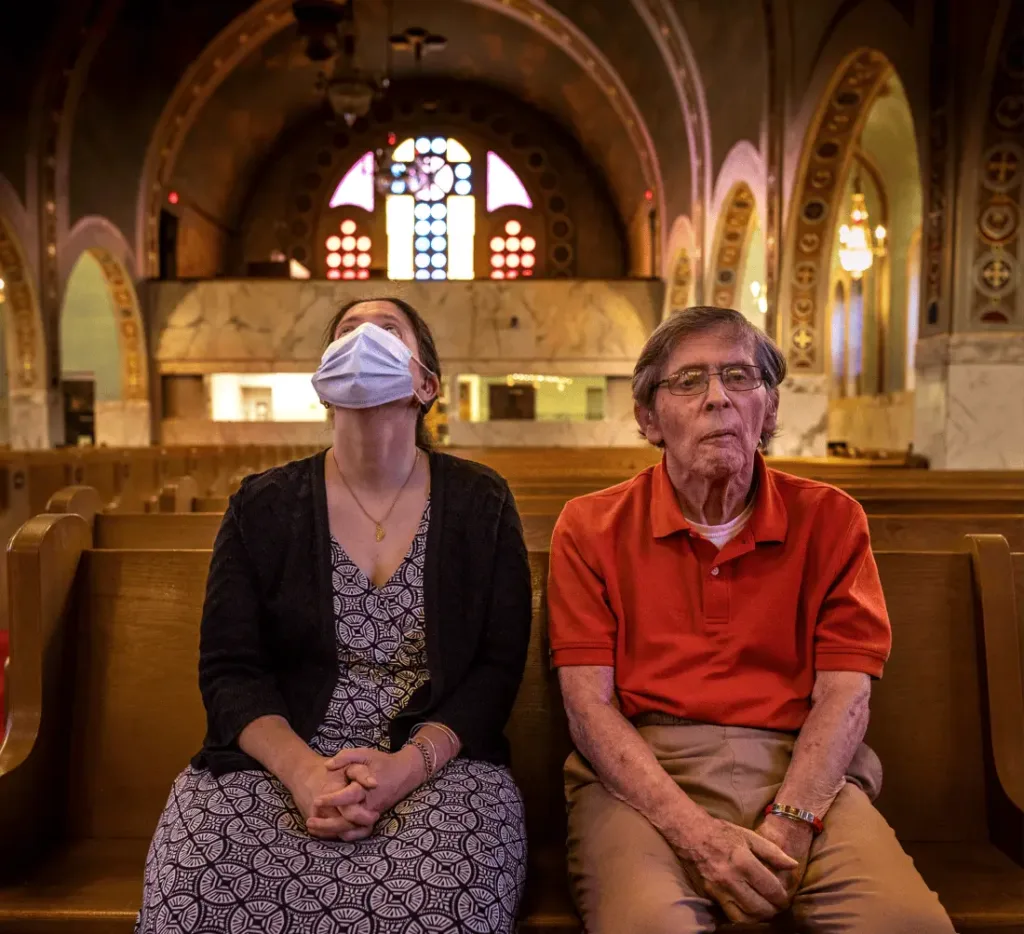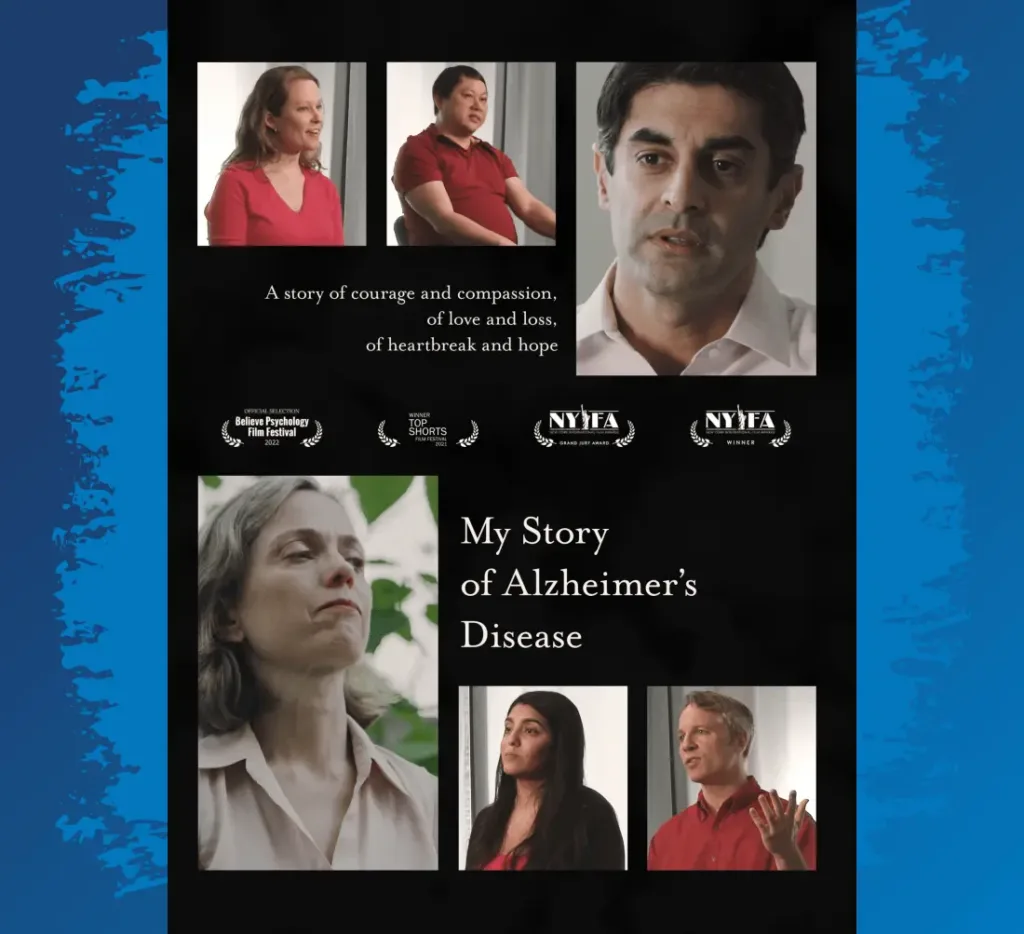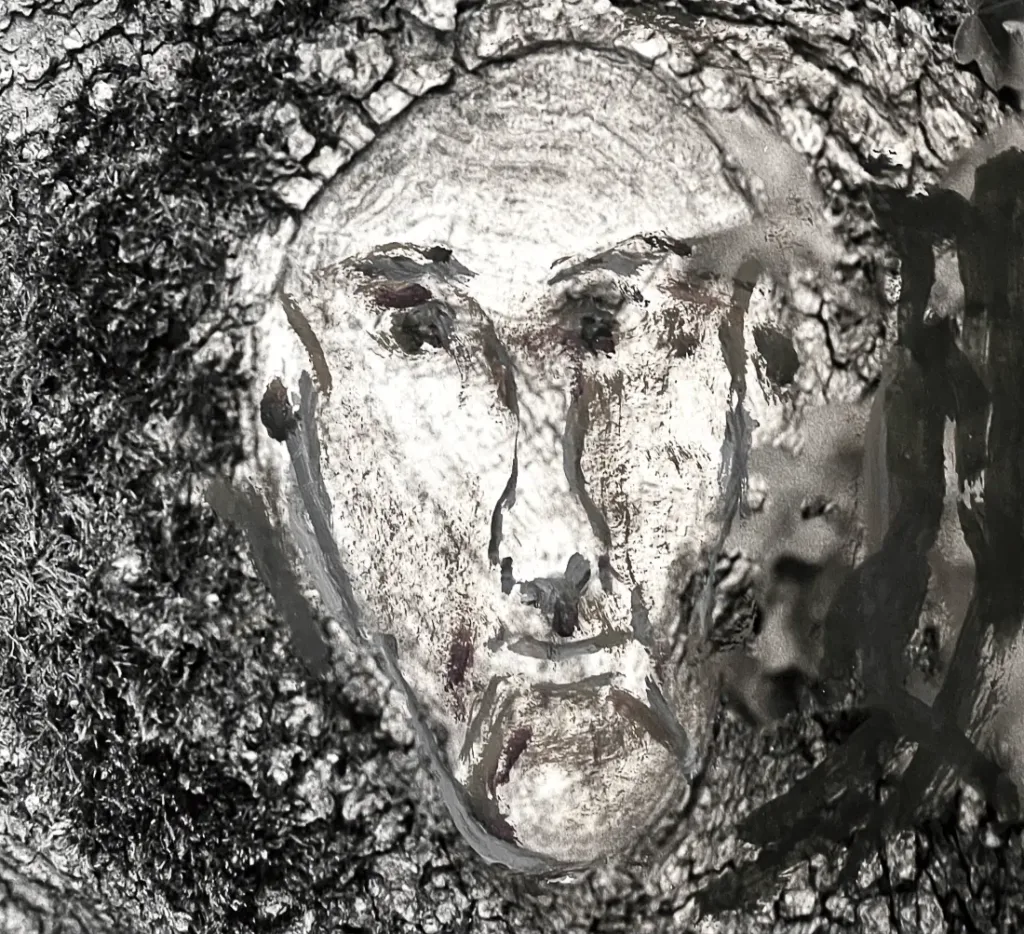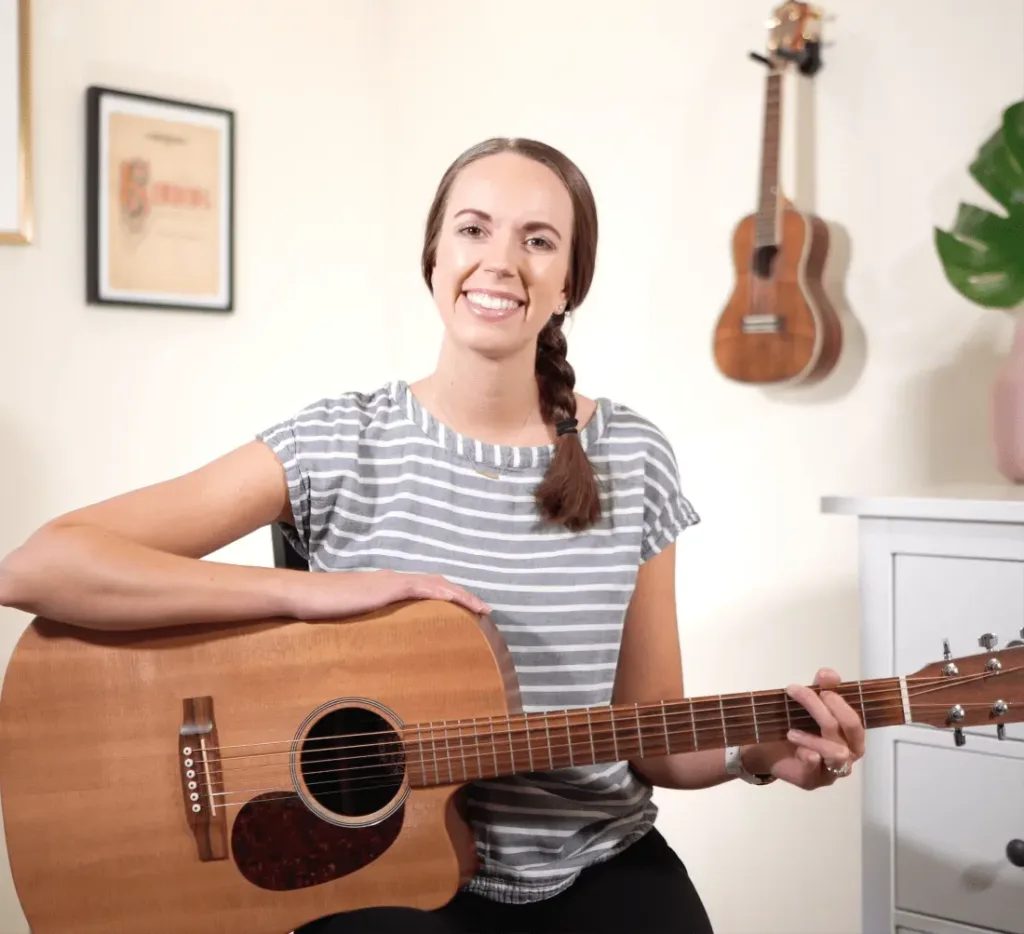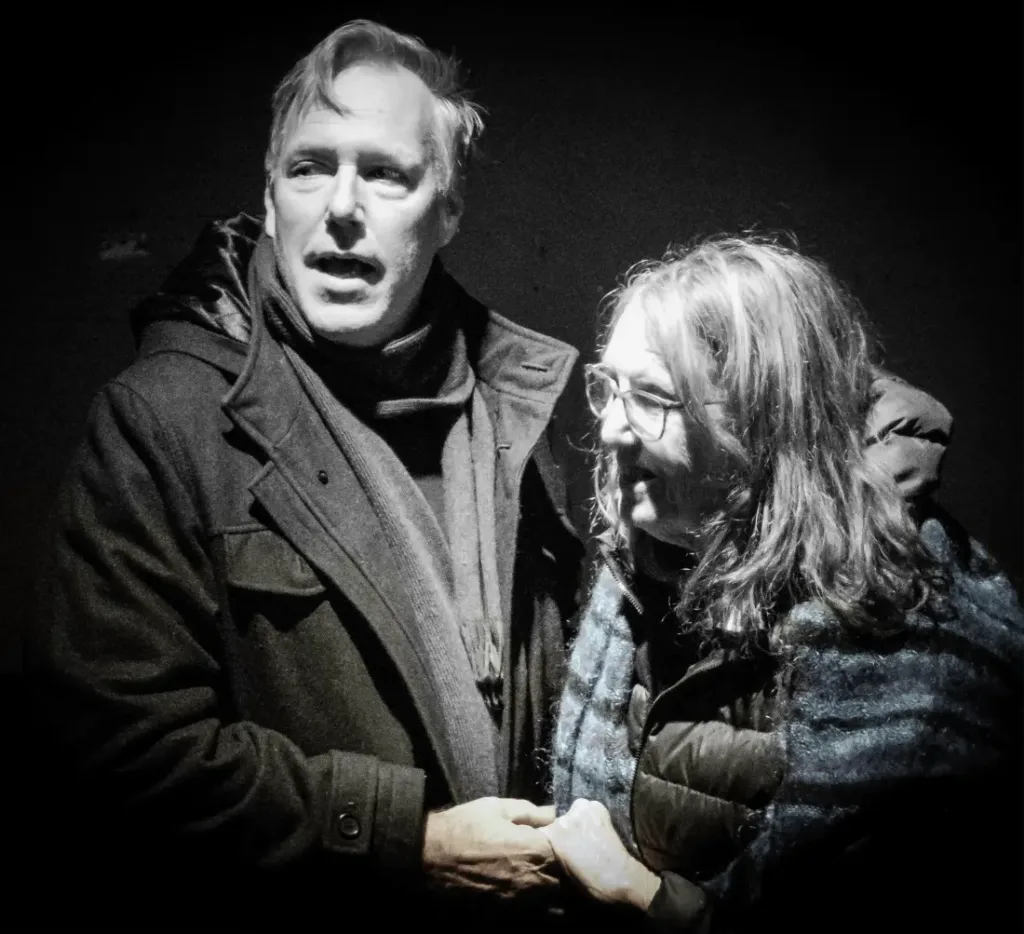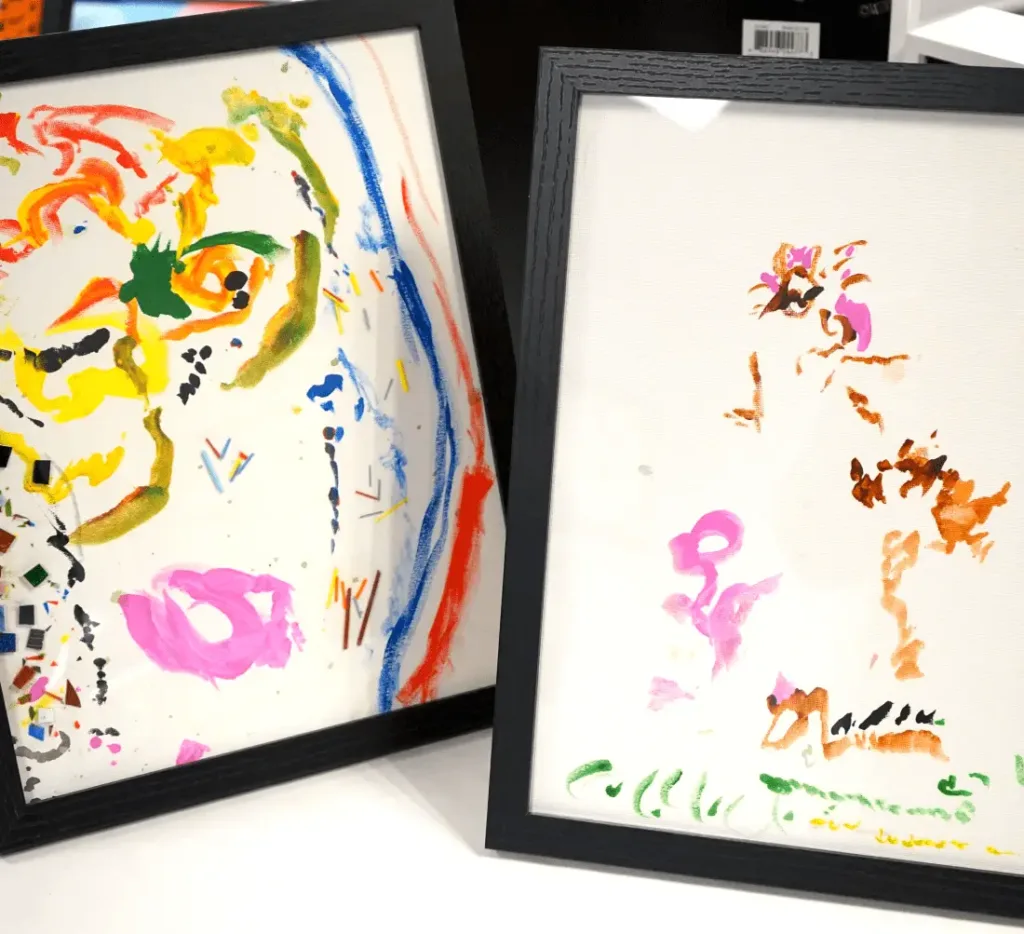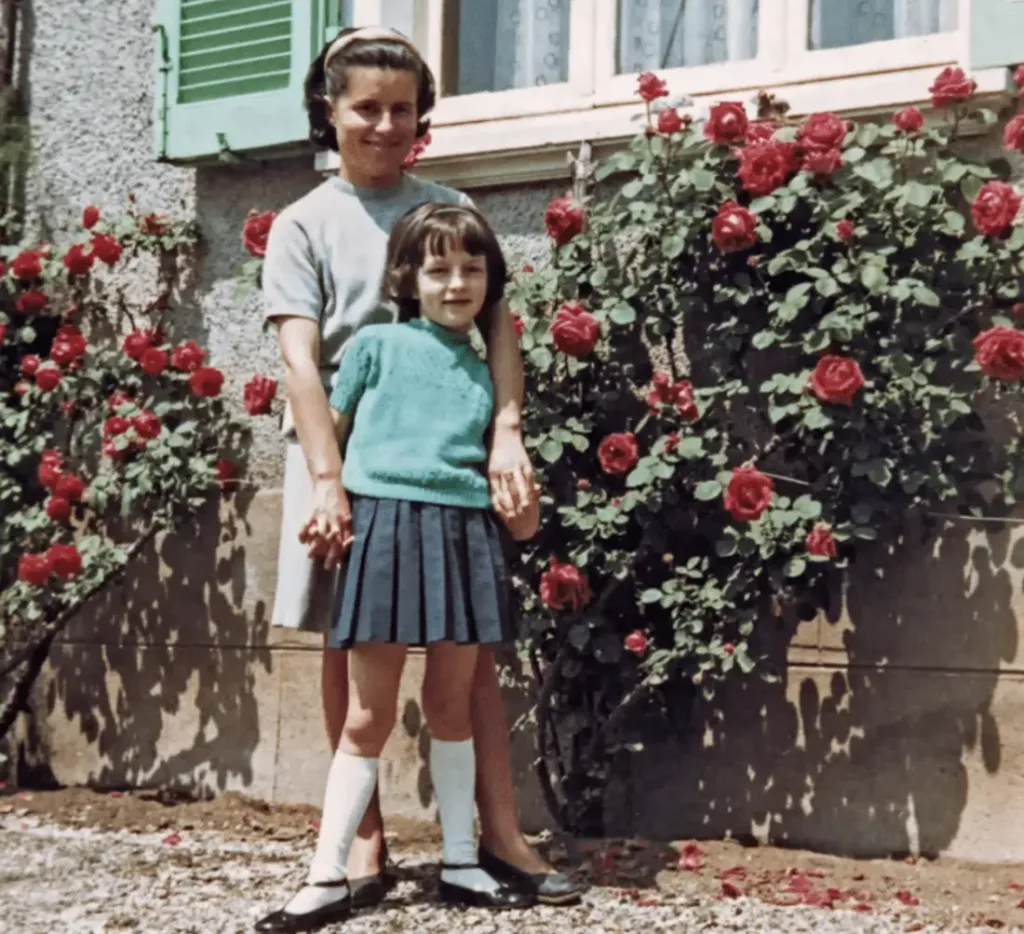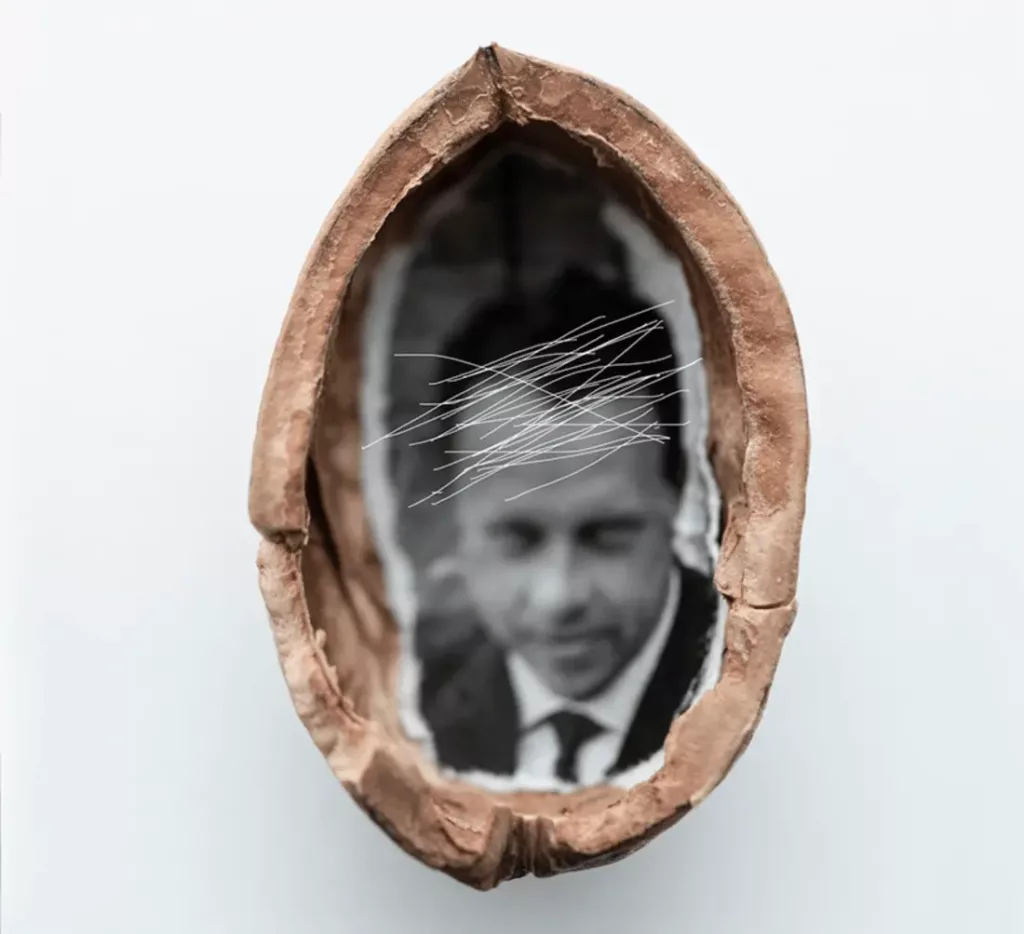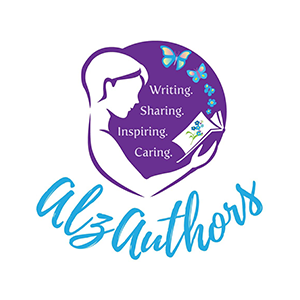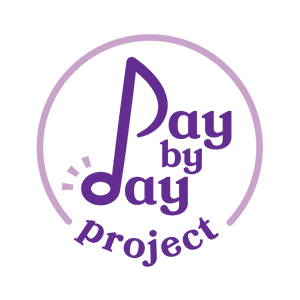Sitting together with our coffee, my wife Sandy sings the songs of our youth, playing softly on the stereo. She doesn’t miss a beat or a word. She seems to know them all by heart. Her singing makes our mornings special and allows me, just for a moment, to forget that Sandy is living with Alzheimer’s Disease. Mornings are a special time for us.
Sandy and I met in 1975. It didn’t take us long to realize that despite growing up in two very different parts of New York – Sandy in the small town of Maybrook and I in Brooklyn – we shared a very similar taste in music. We both grew up listening, singing, and dancing to The Platters, Peter Paul & Mary, Simon and Garfunkel, The Kingston Trio, and Carole King, among others.
Memory loss entered our lives in 2007 with a diagnosis of Mild Cognitive Impairment, but we continued working, traveling, and generally had a good time. We had problems, but they were all manageable. Sandy stayed physically active and played every memory game available. The games and exercises came with us on business trips and vacations. Then dementia arrived with a diagnosis of Alzheimer’s Disease in 2012. Though our life was still manageable, it was more complicated, and changes in how we lived were in order. We tried to stall Alzheimer’s, hold it at bay, but it does not get better, and eventually, it takes you. How fast it progresses varies by individual, but there is no escape. We become its prisoner.
As Alzheimer’s tightened its grip on our lives, Sandy became less active. The computer games and exercises seemed boring and a waste of time. We searched for options, something that would make life a bit easier and give us some pleasure. It took us a while to recognize and appreciate that the music of our youth could play a significant role in easing the trauma of this disease.
The spark was a course sponsored by the Alzheimer’s Disease & Related Dementias Family Support Program at NYU Langone Medical Center, taught by Dr. Kendra Ray. The Caring Kind organization provided us with a Music and Memory program that enabled us to build our own Sandy-specific music list instead of just loading our favorite CD’s one at a time. With the advent of Pandora, Spotify, Apple Music, and Amazon, we could now listen to not only our favorite artists but to our favorite individual songs. That was nirvana.
We built three sets of music. The first and still most frequently listened to was our morning music, which is a list of forty songs beginning with Scarlet Ribbons by the Kingston Trio and ending with Josh Groban’s You Raise Me Up. That was followed by a second list – a compilation from The Unforgettables, a local chorus group for those with memory loss that Sandy participates in – and then a third. We not only sing along to the morning music list, but we also occasionally dance to the Platters as well. In the afternoon, Sandy’s music provides a little respite, and we end our evenings with some of our favorite love songs.
The music has helped me create special moments each day, where Alzheimer’s disappears, even for just a few minutes. It’s been well worth all the effort. Music provides me a welcome respite and a great deal of enjoyment for Sandy. And it’s well supported by medical research; the literature is replete with articles on the value of music to those living with Alzheimer’s.
So, have some fun, become your own disc jockey, and let music release you from the grip of Alzheimer’s each day.
Consider the following suggestions to inject the magic of music into your routine with your loved one with dementia:
- Select music or performers that evokes a positive reaction in your loved one.
- Ask close friends and relatives for music suggestions.
- Use one of the online music services to build your song list. It will make your life much easier and allows you to add and delete songs regularly.
- Select at least twenty songs. That will keep the music going for a significant time. Don’t be afraid to add songs.
- Sing along if you know the songs.
- Monitor the impact. Are your choices working? If not, what changes are needed? Don’t give up!
References
Ray, K. D., & Fitzsimmons, S. (2014). Music-assisted bathing: Making shower time easier for people with dementia. Journal of Gerontological Nursing, 40(2), 9-13. doi:10.3928/00989134-20131220-09
Ray, K. D., & Gotell, E. (2018). The use of music and music therapy in ameliorating depression symptoms and improving well-being in nursing home residents with dementia. Frontiers in Medicine, 5, 287. doi:10.3389/fmed.2018.00287
Ray, K. D., & Mittelman, M. S. (2017). Music therapy: A nonpharmacological approach to the care of agitation and depressive symptoms for nursing home residents with dementia. Dementia (London, England), 16(6), 689-710. doi:10.1177/1471301215613779
The Writer
Ira lives in New York City with his wife, Sandy. They are the founders of the Alzheimer’s Dementia Resource Center of New York City, www.adrcnyc.org. Ira can be reached via e-mail at ira@asherman.com


